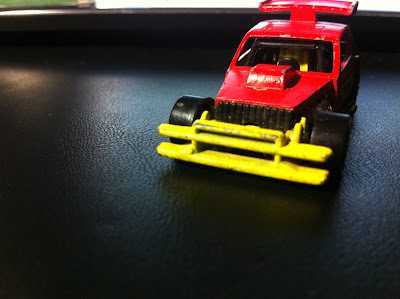On the initial note ... Do you know what is reverse engineering ... Reverse engineering in simple words " re creating the product's design plan and production plan from the product itself. This kind of inquiry engages individuals in a constructive learning process about the operation of systems and products. Reverse engineering as a method is not confined to any particular purpose, but is often an important part of the scientific method and technological development. The process of taking something apart and revealing the way in which it works is often an effective way to learn how to build a technology or make improvements to it.
Lot of companies do reverse engineering of competitors products to create a cutting edge innovation in their own product. This actually is in some way stealing the innovation and unique product some one came up earlier. This engineering process involves taking apart a device to see how it works. For example, if a laptop manufacturer wants to see how a competitor's processor works, they can purchase the competition laptop, disassemble it, and then make a processor similar to it. However, this process is illegal in many countries.
The term forward engineering is sometimes used in contrast to reverse engineering. Recently a Apple and Samsung were in a series of lawsuits ... on a simple glance it is a side effect of reverse engineering.
On a Wiki's Page .. "Apple Inc. v. Samsung Electronics Co., Ltd. was the first of a series of ongoing lawsuits between Apple Inc. and Samsung Electronics regarding the design of smartphones and tablet computers; between them, the companies made more than half of smartphones sold worldwide as of July 2012.[1] In the spring of 2011, Apple began litigating against Samsung in patent infringement suits, while Apple and Motorola Mobility were already engaged in a patent war on several fronts.[2] Apple's multinational litigation over technology patents became known as part of the mobile device patent wars: extensive litigation in fierce competition in the global market for consumer mobile communications.[3] By August 2011, Apple and Samsung were litigating 19 ongoing cases in nine countries; by October, the legal disputes expanded to ten countries.[4][5] By July 2012, the two companies were still embroiled in more than 50 lawsuits around the globe, with billions of dollars in damages claimed between them.[6] " (http://en.wikipedia.org/wiki/Apple_Inc._v._Samsung_Electronics_Co.,_Ltd.)
Ok ... now the benefit of reverse engineering technique...
So ... it all depends who uses it and How its being used .... So engineers while reverse engineering be a little bit careful and ethical...
:)














